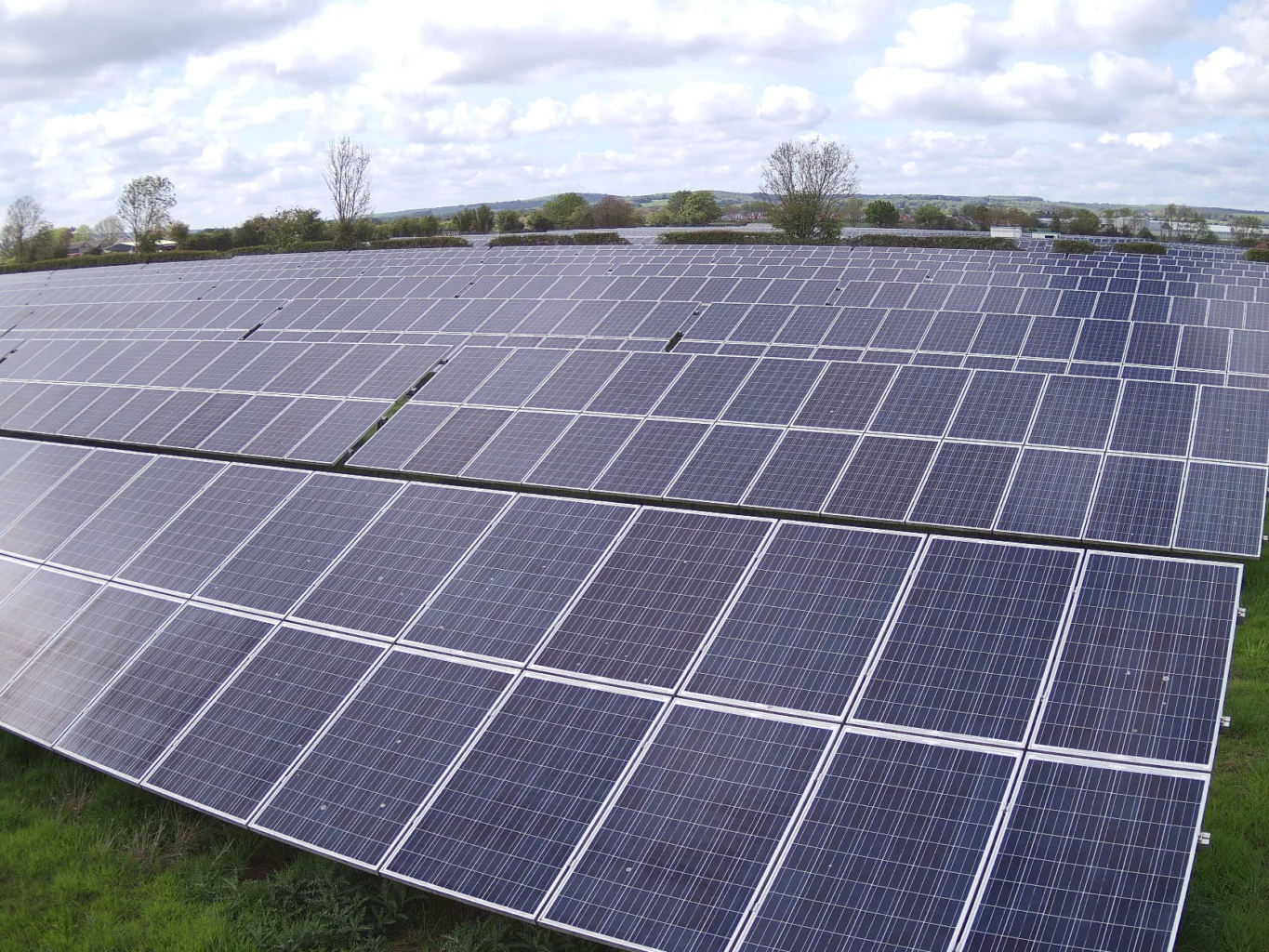
Alternative Battery Power for Drones – Hydrogen Power

Hydrogen powered fuel cells have long been vaunted as the future solution to all of our energy problems and it seems that the world of UAVs has taken a big leap closer to being able to leverage this fuel source with a successful project created by a team at University College London.
Moving far away from the hydrogen powered vehicle that most people historically think of, the Hindenburg, this is a pioneering project started when Dr Enas Abo-Hamed discovered a revolutionary structure which allowed the storage of hydrogen in a stable solid state. She paired up with a materials scientist, Luke Sperrin and Canadian hydrogen fuel-cell maker Ballard and the rest, as they say, is history – H2Go Power was born.
The storage structure consists of a system of tubes that hold the hydrogen in its solid state until a coolant is pumped through it which releases the hydrogen gas. This prompts the release of electrons and creates electricity without creating any other waste than water.
The instability of Lithium Ion batteries, the current drone power source, means that they are extremely flammable, require careful storage and could potentially trigger an explosion in the case of a crash. This new hydrogen fuel source would remain stable in the case of impact which is one of the clear advantages over the current method.
Another benefit is that it is capable of providing three times as much power per kilogram than fossil fuels, meaning that drone flights could potentially be extended allowing the aircraft to fly further and carry heavier payloads. The ultimate dream would be to scale up the solution and de-carbonise air travel entirely but for now, it looks as though drone pilots will be the first to see the advantages of hydrogen powered aircraft.
To fully unlock the potential of the drone, flight times need to be extended. This would allow flights BVLOS and extend the range of tasks that UAV’s will be able to complete.
Hydrogen power is faster to refill, the batteries create no vibrations and operate far more quietly which might pave the way to alleviate concerns about noise when considering lower flight levels. They are also zero emissions at the point of use. The advantages are clear and with multiple teams now working on their own hydrogen power solutions, it won’t be long before drone pilots will have access to this innovative power source.
Expert Infrared Inspections for Accurate Thermal Assessments
Need professional thermographic analysis for your project? Our certified experts use the latest infrared technology to deliver precise results. Contact Drone Media Imaging today for expert thermal imaging services.
related posts
Discover the incredible benefits of employing a thermal drone with a professional operator to survey solar farms. Learn how this cutting-edge technology can revolutionize your Photovoltaic business, save you money, and increase your productivity.









